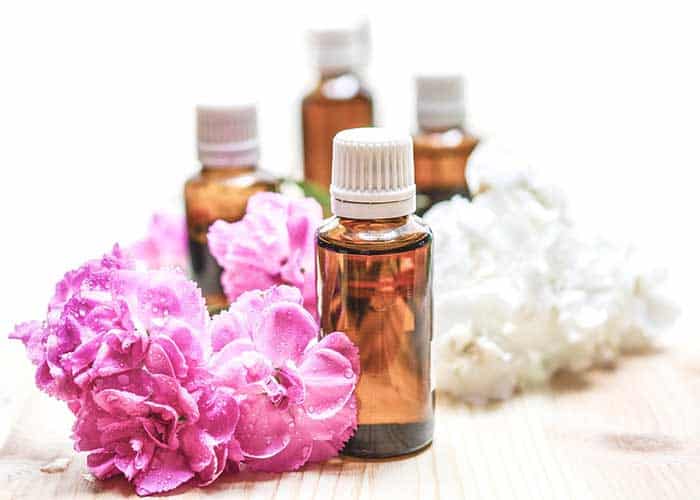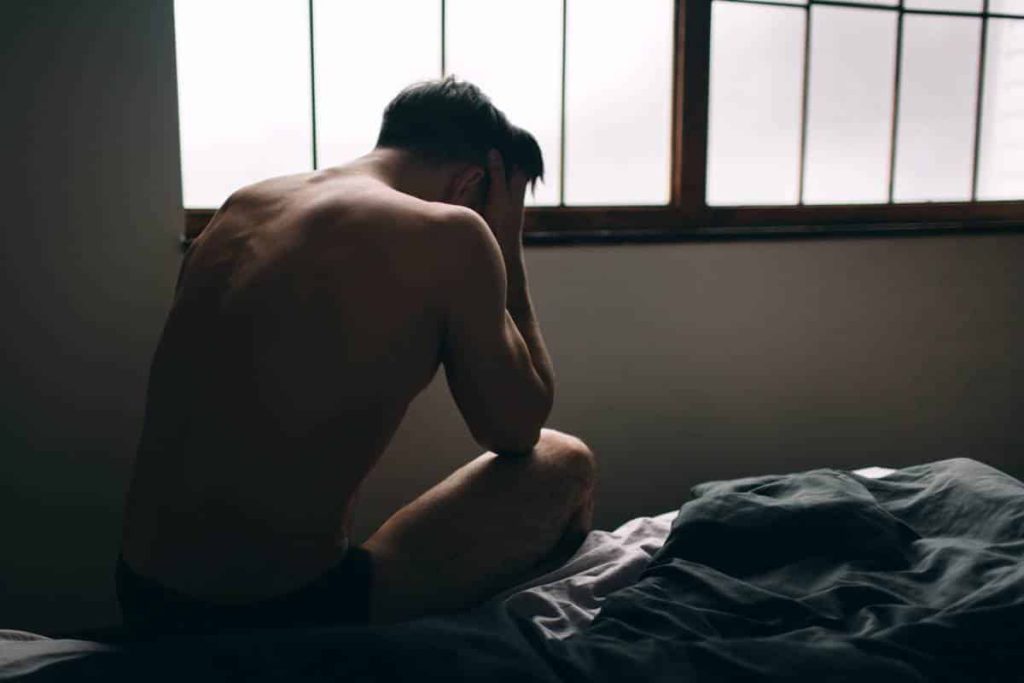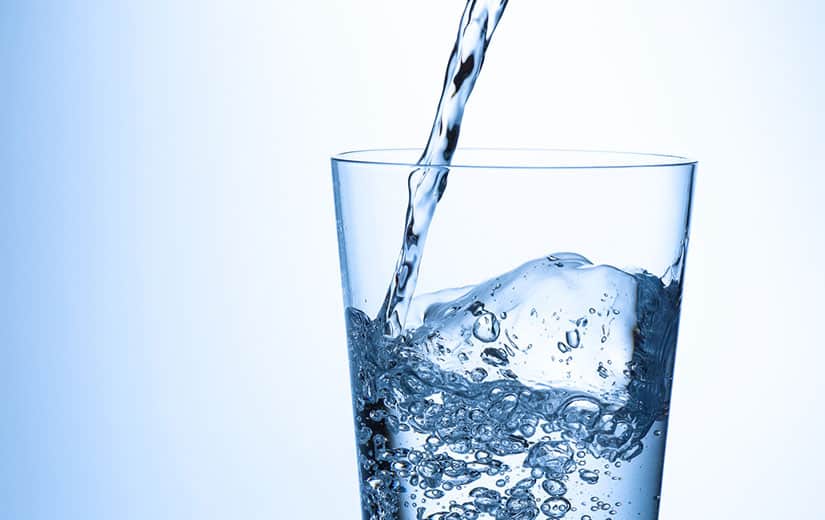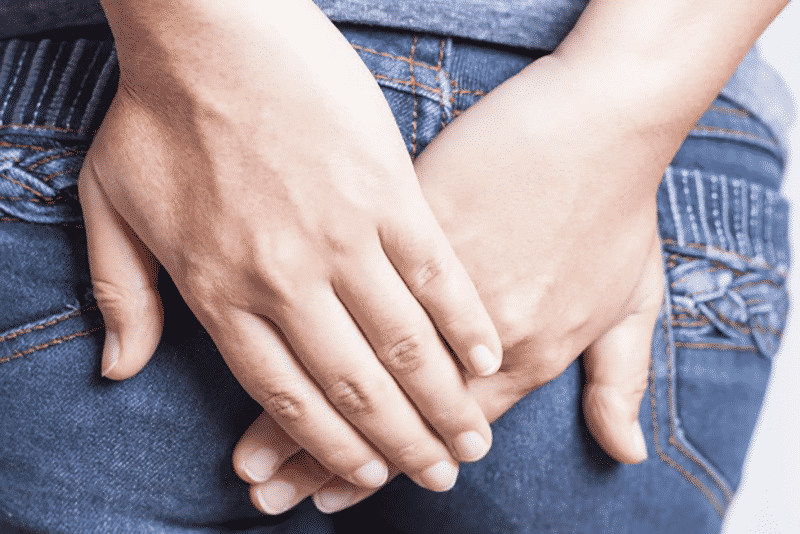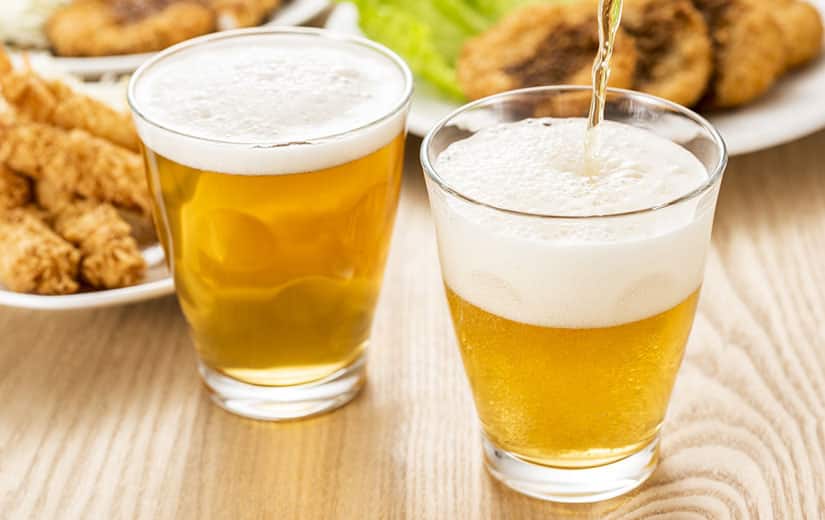Named HE in blogs and on medical journals, essential oils are part of herbal medicine through aromatherapy. It is obtained by distillation of flowers, plants and fruits (bark, zest). They act in several ways: by breathing them in or by absorbing them in a drink, in drops directly under the tongue, in dermal application, and even in a suppository.
These oils have the particularity of not containing fatty substances strictly speaking, but essences of distilled products, they are therefore fat-soluble and easily absorbed by the skin and mucous membranes such as the tongue and the nose.
Summary
How to use essential oils ?
As stated above, there are several techniques for the body to absorb these essential oils. But we must use essential oils according to the needs of each one. There are those which bring a certain well-being for the home, they will then be diffused thanks to a device specially designed for this use, those which are inhaled in a therapeutic way directly with a personal inhaler, then the others to be absorbed from orally, rectally or cutaneously.
EOs are used in all areas of health and relaxation, including heavy treatments such as chemotherapy or skin grafts.
- Streamer : there are 4 kinds of diffusers, a paragraph is dedicated to them.
- Inhaler: it is a small pharmaceutical tool resembling a large rounded cannula containing a wick (swab, blotter) soaked in essential oils. This instrument is brought to a nostril and breathed in so as to diffuse the essential oils on the nasal mucous membranes or even further, such as the lungs, according to the instructions of the doctor or pharmacist. This instrument is protected between two inhalations by a screw cap.
- Cutaneous: you should never use essential oils directly on the skin, they must first be diluted to at least 1 drop of HE for 10 drops of neutral oil (Argan, olive, sweet almond, sesame… even sunflower or rapeseed). The oil is passed over the parts to be treated, it must be massaged summarily so as not to be completely absorbed, leaving a lipid film.
- Tablets, suppositories: for oral or rectal use, the presentation of the remedy is quite oily and flexible, care must be taken that it does not melt in the fingers.
What essential oil to use?
In aromatherapy as in herbal medicine, you will be told that all the remedies for ailments are in nature. Depending on the illness from which one suffers, the remedy is nearby, sickness of the mountains, plants of the mountains, sickness of the seaside, the remedy is at the seaside or nearby inland.
It all started with Armenia paper and incense, they were both meant to change bad smells in the air by purifying it, but many didn’t appreciate those scents either. We thought of potpourri, citrus peel, sachet of lavender… perfumes that had beneficial effects on morale and physique while changing the atmosphere of the rooms. The effect was real but quite minimal all the same and we did not find these flowers, fruits and plants all year round. In addition, scientific studies have confirmed the benefits of certain highly concentrated odors on certain diseases or deficient states, hydrosols and essential oils would flood the market with aromatherapy.
For example :
- Eucalyptus or lavender purifies the room and helps fight against winter illnesses such as colds, rhinitis, flu…fever.
- Citrus gives a good smell to the house and comforts while energizing, ideal in case of depression or in winter, period when there is a lack of daylight.
Attention, EO should not be used in the presence of newborns, infants and pregnant women. Other people can also be weakened by these oils. It is better to inquire with a pharmacist, a doctor or on a dedicated site.
The different essential oil diffusers
There are several kinds of machine to diffuse essential oils, some diffusers are practical, some diffusers are practical, they can be taken everywhere or from one room to another, others very efficient. To each his diffuser according to his budget and his needs.
Diffuser by nebulization
Also called nebulizer or nebulizer, it is by far the best.
A pump draws in the air that strikes and rotates the essential oils, projecting them against the glass walls of the diffuser. The lighter ones rise and escape through the room while the larger and heavier ones fall to the bottom of the container and leave for a turn.
This technique is used cold preserving all the properties of essential oils as well as their perfumes and their therapeutic effects.
It does not use water. The vibrations are slightly sonic. The broadcast time is 10 min.
They can be used for rooms up to 100 m².
They are found in glass, wood or bamboo for the base, but generally a piece of glassware is in contact with the essential oil rising towards the neck before dispersing in the room.
You can use it every day without cleaning it and change oil with each diffusion without problem. It should be cleaned only if it has not been used for a long time.
Mist or ultrasonic diffusers
A pellet vibrates at high frequency at the bottom of the diffuser, it strongly shakes the 200 ml of water to which drops of HE have been added. The droplets projected in mist are quite heavy, because they are waterlogged and can only spread in a fairly small space, 30 m² at most.
The scent is present, but the therapeutic effects are quite weak.
The diffuser is usually plastic. It is silent thanks to this ultrasonic vibration.
It requires frequent cleaning, at least every 3 days if used daily. Diffusion time is 1 to 3 hours. It is an ideal device for beginners in aromatherapy.
Soft heat diffusers
Essential oils should not be heated above 40° C, they would lose their benefits.
This diffuser, generally made of porcelain, is connected to the mains by cord or directly, the socket being embedded in the shell. It looks like a large hollow pebble into which a few drops are poured. Once the switch is activated, the resistance heats up and regulates itself so that it does not exceed 40° C.
You can change the oil from one time to another by simply cleaning the roller with an alcoholic cloth.
It does not use water.
He is silent.
It covers 15 to 20 m² because of the low power it has.
Ventilation diffusers
As its name suggests, the device diffuses essential oils using a small fan and a blotter soaked in essential oils, also called a tampon. Some models do without blotters.
The system does not heat the essential oils or very little, only the movement of the blades can bring a temperature higher than the ambient air. It can work on mains, USB cable, and even on batteries. Some fit in the handbag and can be used anywhere, even in the car or at the office. If you want to use several essential oils, you have to use several diffusers. It does not use water. Its distribution is very limited.
